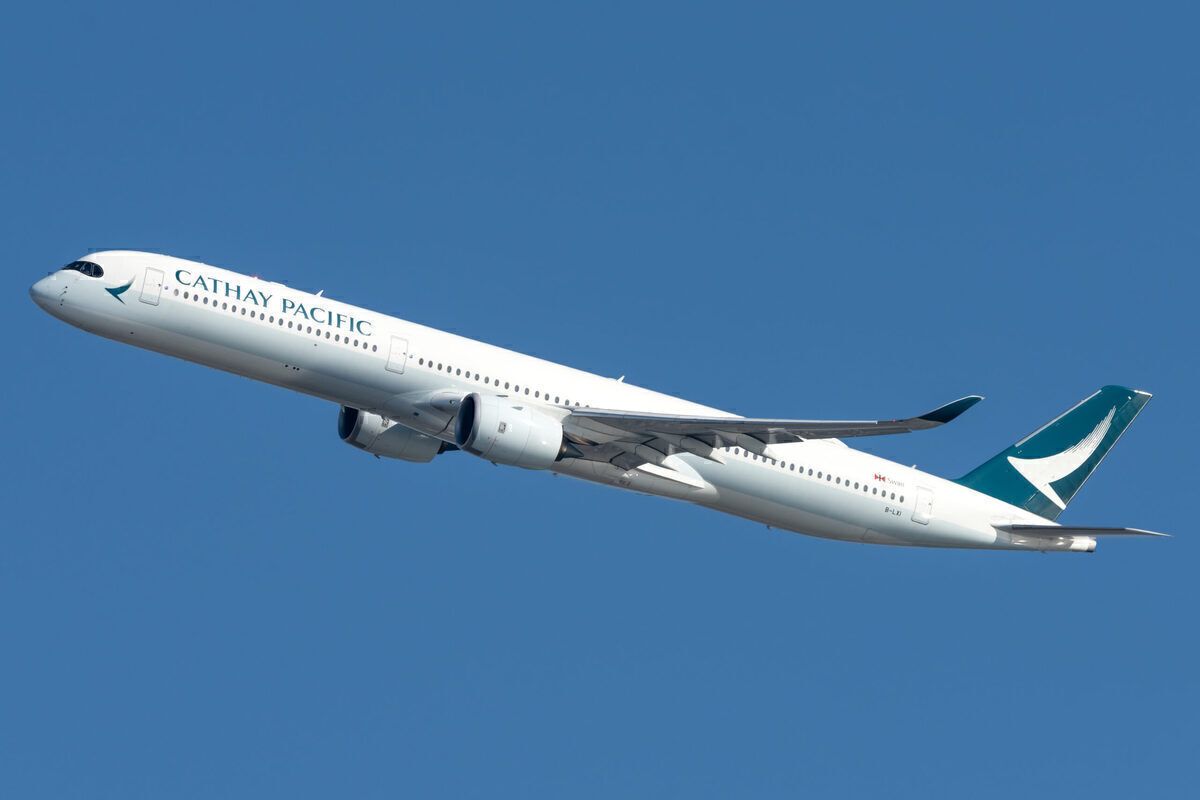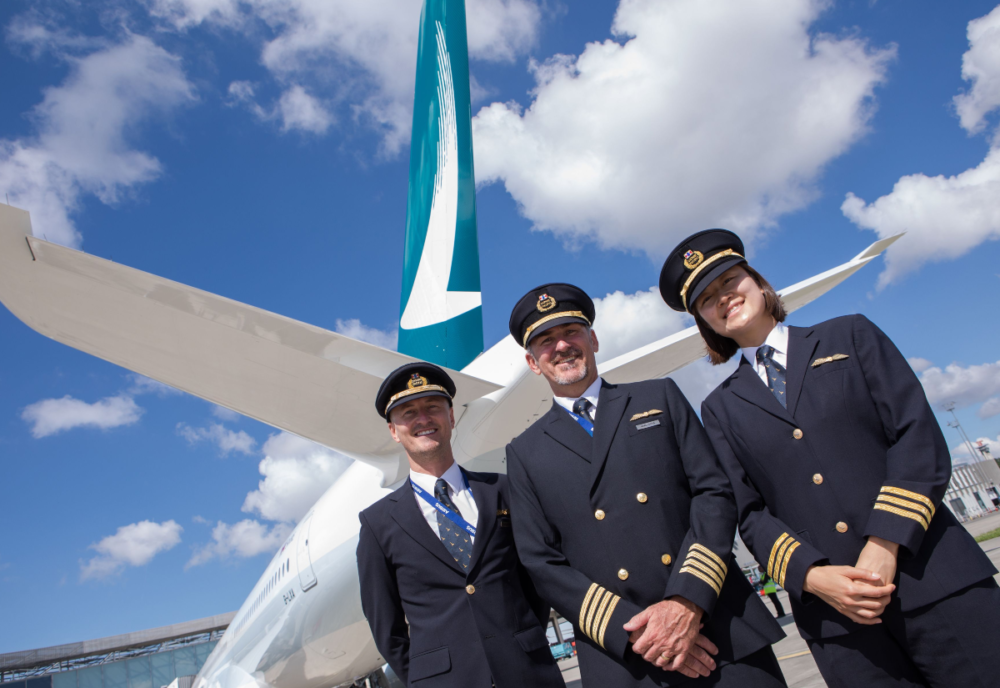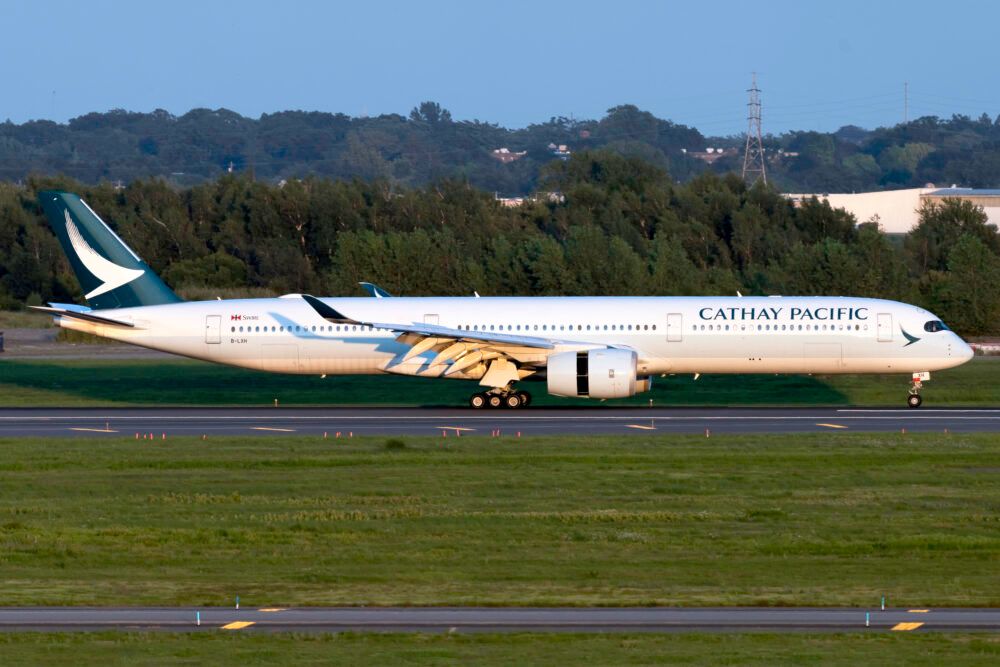Cathay Pacific is set to roll out single pilot Airbus A350 flights starting from 2025. The new project would allow flights to be operated by one pilot for much of its duration, reducing the number of crew needed for long-haul flights. If testing and certification steps go smoothly, the function could roll out by 2025. However, there are some significant hurdles first.
Drawing closer
According to Reuters, Cathay Pacific has begun working with Airbus to develop long-haul flight operations with only a single pilot for much of the flight. This reduced crew project is known as Project Connect and will first apply to the Airbus A350 starting from 2025.
Under Project Connect, the A350 will only require one pilot in the cockpit during its high-altitude cruise. This would slash the number of pilots needed for long-haul flights from three or four to just two, with alternating rest periods. If successful, the project would mean a huge saving for airlines in terms of crewing costs.
While Cathay has confirmed its role in the project, it has made it clear that there is no confirmation of its rollout in the future and safety remains the top priority. In a statement, the airline said,
"While we are engaging with Airbus in the development of the concept of reduced crew operations, we have not committed in any way to being the launch customer...The appropriateness and effectiveness of any such rollout as well as [the] overall cost-benefit analysis [will] ultimately depend on how the pandemic plays out."
Stay informed: Sign up for our daily and weekly aviation news digests.
Roadblocks
Challenging the notion of two crew in the cockpit will not be easy for passengers, safety regulators, and existing pilots. Indeed, the project is fraught will uncertainty and safety questions, any of which could derail it. However, Airbus and participating airlines are pressing on with the changes needed to make this a reality.
Regulators have chimed in on the potential requirements for a single pilot A350 system. The European Union Aviation Safety Agency (EASA) has said that any such project will need real-time monitoring of the sole pilot's vitals and alertness. If there is an emergency or incapacitated pilot, the other pilot should be able to arrive in minutes.
Pilot unions have not taken well to the idea. In addition to the mass layoffs that such a program will bring, many have pointed out safety issues too. In light of the two 737 MAX crashes in 2019, cost-cutting and increased automation have both come under the spotlight for their impact on safety.
Any certification will need the approval of the International Civil Aviation Organization (ICAO) as well, another high bar. However, Airbus is confident that its new flight warning features like emergency descent (which can quickly reduce altitude with no pilot input) can overcome the regulator's doubts and fears. For now, keep an eye out for the ongoing development of this project and if more airlines sign up.
What do you think about single pilot A350 operations? Is it the future of flying or a dangerous cost-cutting mission? Let us know in the comments!



